شہرِ فرید
MITHANKOT
The Land of Sufis, Shrines / Darbar and the Indus River
KotMithan is a historic town located in the Rajanpur District of Punjab, Pakistan. While it may not be widely recognized as a major urban center, its history is deeply intertwined with the religious, cultural, and geographical significance of southern Punjab. Here’s an overview of the history of Kot Mithan:
Early History & Establishment
The name “Kot Mithan” is believed to be derived from the Seraiki language, in which “Kot” means “fort” or “town” and “Mithan” likely refers to a prominent figure or a locality. The town is historically associated with rural life, and it is situated along the Indus River, which has played an important role in the development of the region.
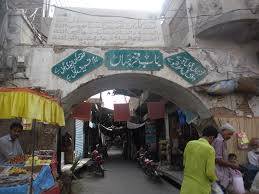
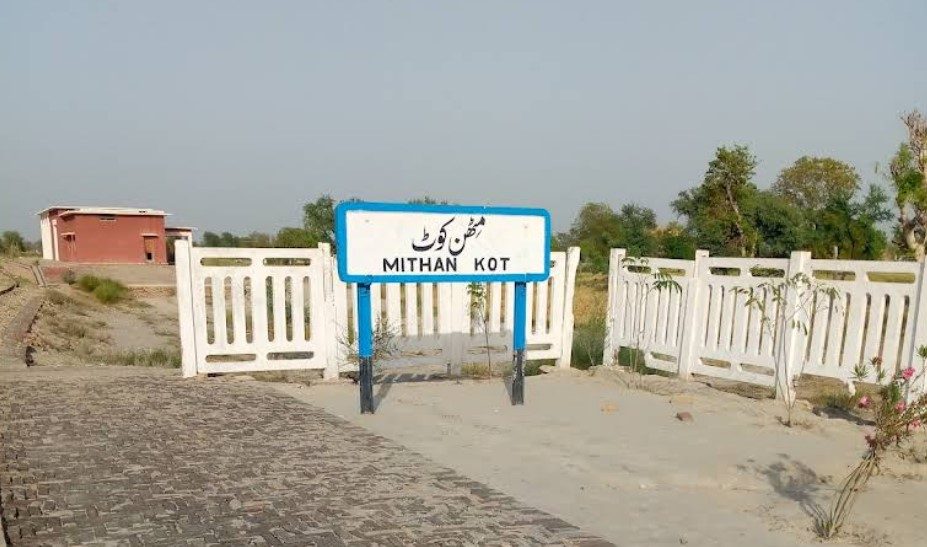
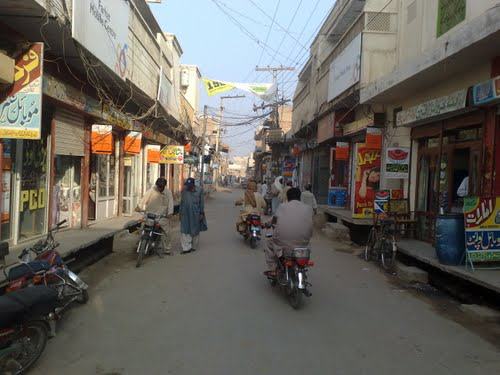
The town has witnessed the rise and fall of various civilizations and cultures due to its strategic location near the river, which made it a significant point for trade and communication. Over the centuries, the region has been influenced by different empires, including the Mughals, the Sikhs, and the British, each of which left their mark on the local history.
In 1856, the drastic flood of Indus River devastated the whole city of Kot Mithan. The Britishers shifted the Tehsil Head Quarter to Rajanpur by abolishing Tehsil Kot Mithan through a notification. Mr. A.A Munro was the last Assistant Commissioner of Kot Mithan who also took over the charge of first Assistant Commissioner of Rajanpur Tehsil in 1856.
Mithan kot (مِٹھّن کوٹ) also known as Kot Mithan, is a city in Rajanpur District in Punjab, Pakistan. Mithan kot is located on the west bank of the Indus River, a short distance downstream from its junction with Panjnad River. Most of its inhabitants are Saraikis and Baloch. The city is noted for being the site of the tomb of the famous Sufi poet, Hazrat Khawaja Ghulam Farid (رحمۃ اللہ علیہ). Kot Mithan is also the land where all five main rivers of Pakistan merge.
It believed that Mithan Kot was founded by a man named Mithan Khan. Mithan Khan is one of the prominent personalities of the area became a devoted disciple of the Khawaja family. He crossed over the Indus and founded the town of Mithan kot.
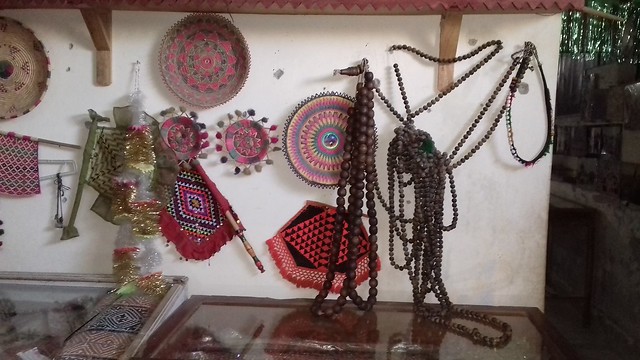
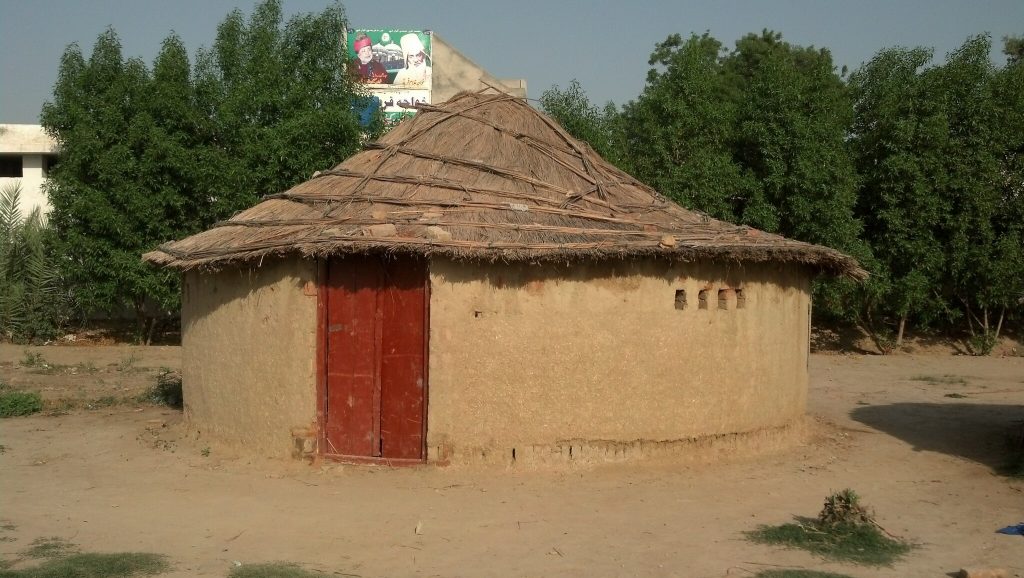
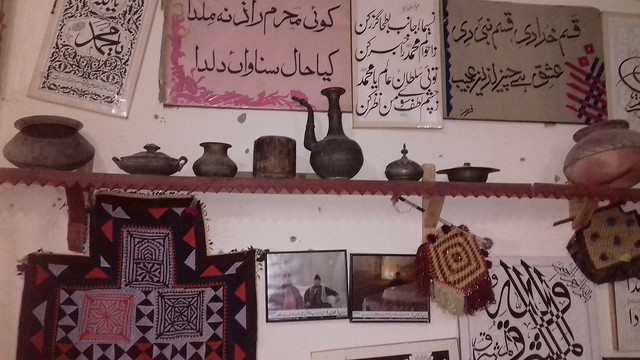
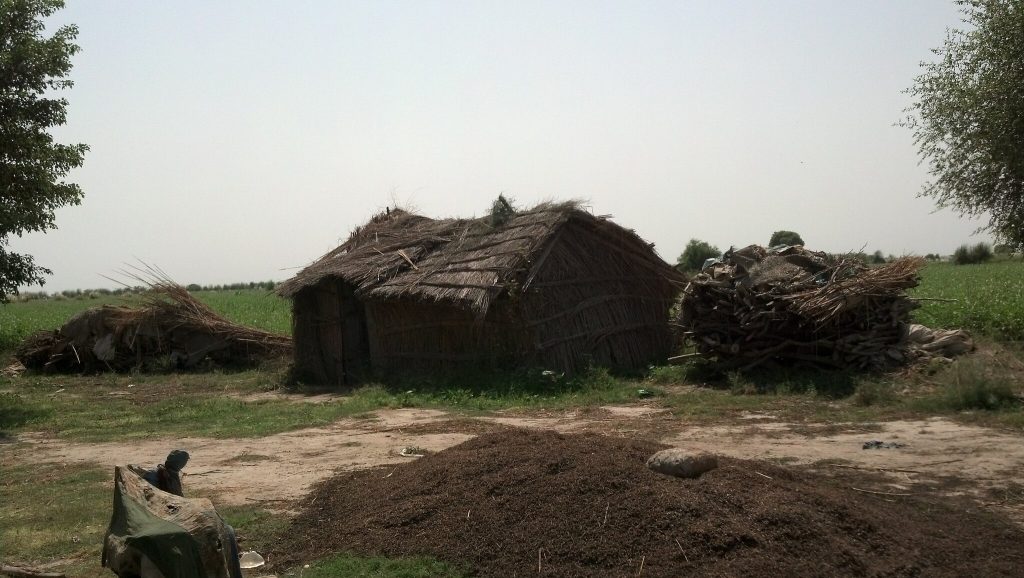
وِچ روہی دے رَاہندیاں
نَازِک نَازو جٹیاں
راتیں کرَݨ شکار دِلیں دے
ݙِینہاں وَلورَݨ مَٹیاں
کَر کَر درد مَنداں کُوں زخمی
ہَئے ہَئے بدھنڑ نہ پَٹیاں
مُونجھ فرید ، مَزید ہمیشاں
اَج کل خُشیاں گَھٹِیاں